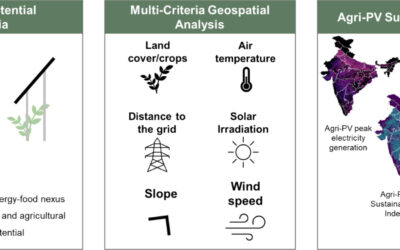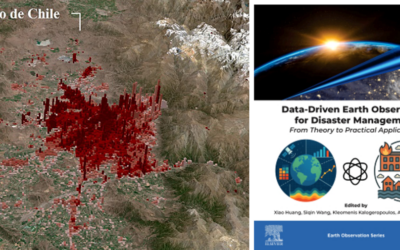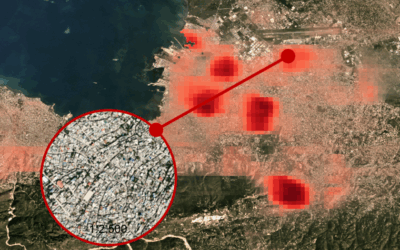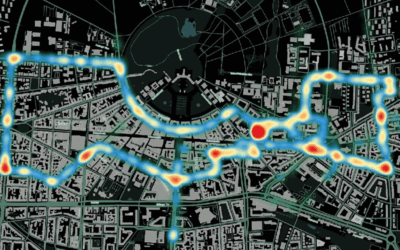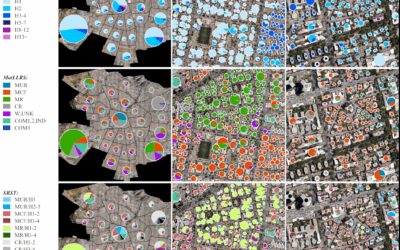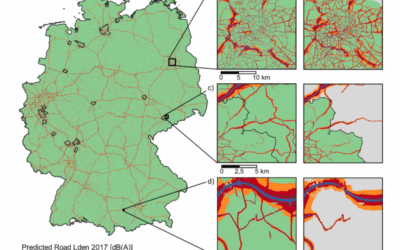New publication by our colleagues Julia Rieder (Chair of Forest Botany at TU Dresden & University of Würzburg) and Christof Kneisel (Department of Physical Geography at University of Würzburg) about soil moisture variability in forest soils combining geophysical methods and 3D-laser scanning.
Read the full article here (open access): https://doi.org/10.1002/vzj2.20251
abstract: European forests are suffering considerably from the consequences of the droughts of recent years, and the exact reasons and influencing factors for this are still not fully understood. This study was conducted to characterize the changes and dynamics of soil moisture in a mixed forest in northern Bavaria within 1 year. Since electrical resistivity correlates well with soil water content, we used two-dimensional electrical resistivity tomography (ERT) monitoring and time-lapse analyses to supplement punctual measurements by sensors and soil analyses to show soil moisture changes throughout a whole year (2020–2021). While the topsoil dries out significantly from summer to autumn down to a depth of about 3 m, a clear increase in soil water content and a decrease in resistivity below 3 m can be observed during winter period. Anomalies in the topsoil (0–1 m) showing lower resistivities than the surrounding substrate could be related to tree positions by additional terrestrial laser scans. A significant relationship could be found between tree crown projection area and resistivity in 1–2 m depth. We found a trend that mean resistivity below pine is lower as below beech. ERT data were also used to estimate the soil water content via Archie’s law and the results correlate strongly with the measured values, but the degree of correlation varies depending on the depth level. ERT as a noninvasive method, in combination with additional data, for example, on the vitality status of individual trees, could help to better understand root water uptake and water supply to trees, especially during periods of drought.




